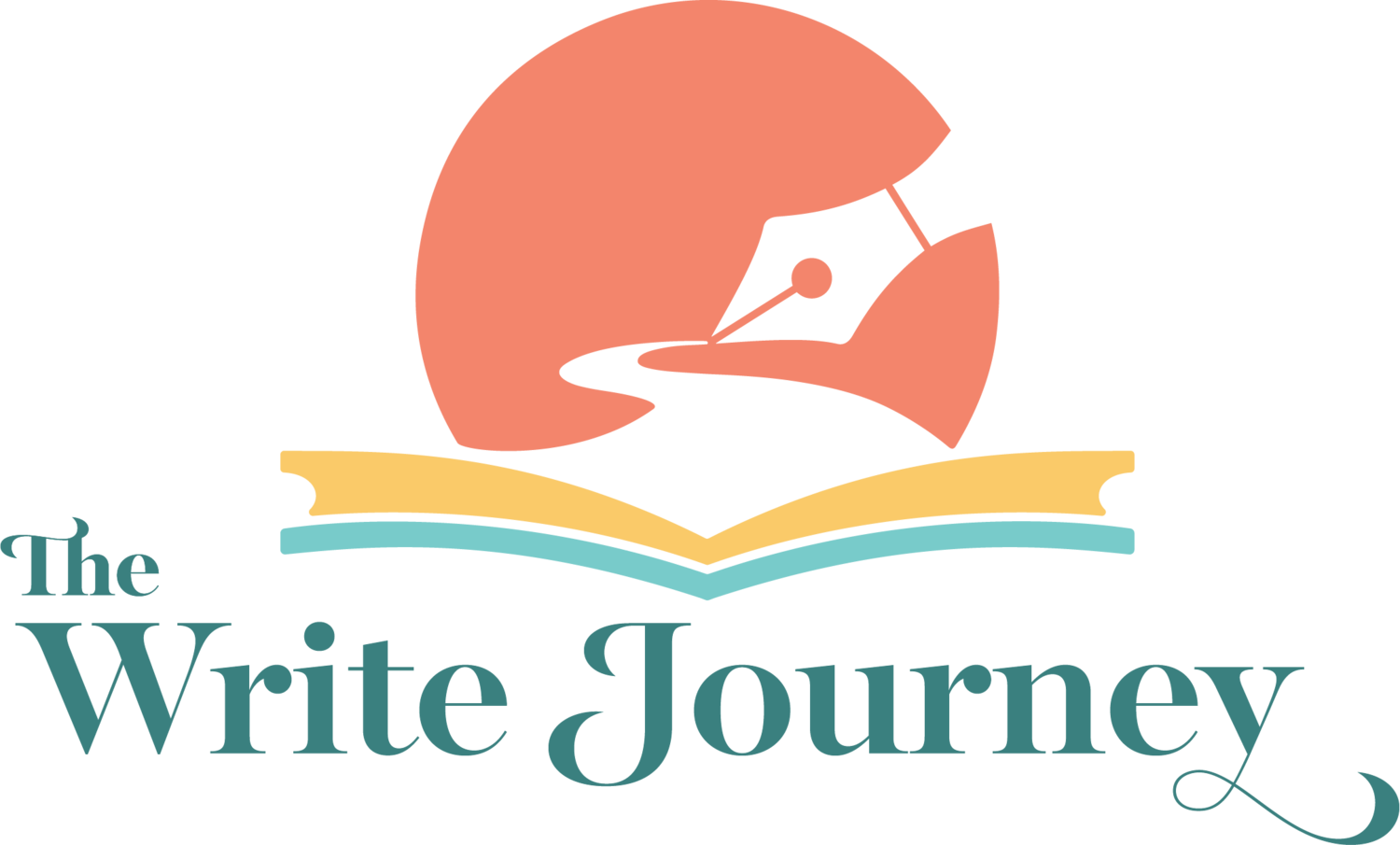Given a few parameters and some connections to the topic, creativity abounds within our students as they construct benchmark projects that show what they have learned throughout the semester.
While reading Sign of the Beaver, by Elizabeth George Speare, Silas ( TWJ Student) was intrigued by a 13 year old Matt who was left alone in the woods of Maine to survive and protect the cabin he and his Dad had just completed. Like Matt, Silas is an outdoor enthusiast, and he loves adventures of any kind. Therefore, Silas decided to build a cabin made from pretzel rods, ice cream cones and fondant. He did all the notching of the pretzel rods by himself with a Dremel tool. He also set up the garden behind the house using the detail of the corn, which Matt had to tend to daily in our story. Surprisingly, Silas recreated corn stalks using yellow Twizzlers! I found the most impressive aspect of this project to be Silas’s confidence in using the Dremel. In his video, Silas switches hands while using it and still makes the cut skillfully.
By creating and completing this project, Silas creatively practiced several skills:
He had to think about the details given in the book regarding the cabin: What did it look
like; how was it constructed; and what did the surrounding area include? With that
knowledge, he then had to decide how it would work in real life.
Problem solving several issues, which he described to us during his in class presentation,
Silas revealed use of critical thinking skills. Not only did this project engage Silas with
the literature, it also helped him develop real life skills.
This project helped Silas engage with the novel in ways we can not facilitate in class.
Creating connections from the text to real life, students learn new skills . . . just like Silas learned how to use a Dremel, and practice video creation to share his project with others. Enrichment Projects create fun ways for students to demonstrate what they have learned, providing opportunities for them to develop critical thinking, problem solving skills, and life experiences.
Click below to view Silas’ YouTube video showing his project: an entirely edible diorama of the setting of the story. Be sure to turn the volume up at the 2:38 timestamp to hear Silas talk about how he created the scene inspired by Sign of the Beaver written by Newberry medalist Elizabeth George Speare.





